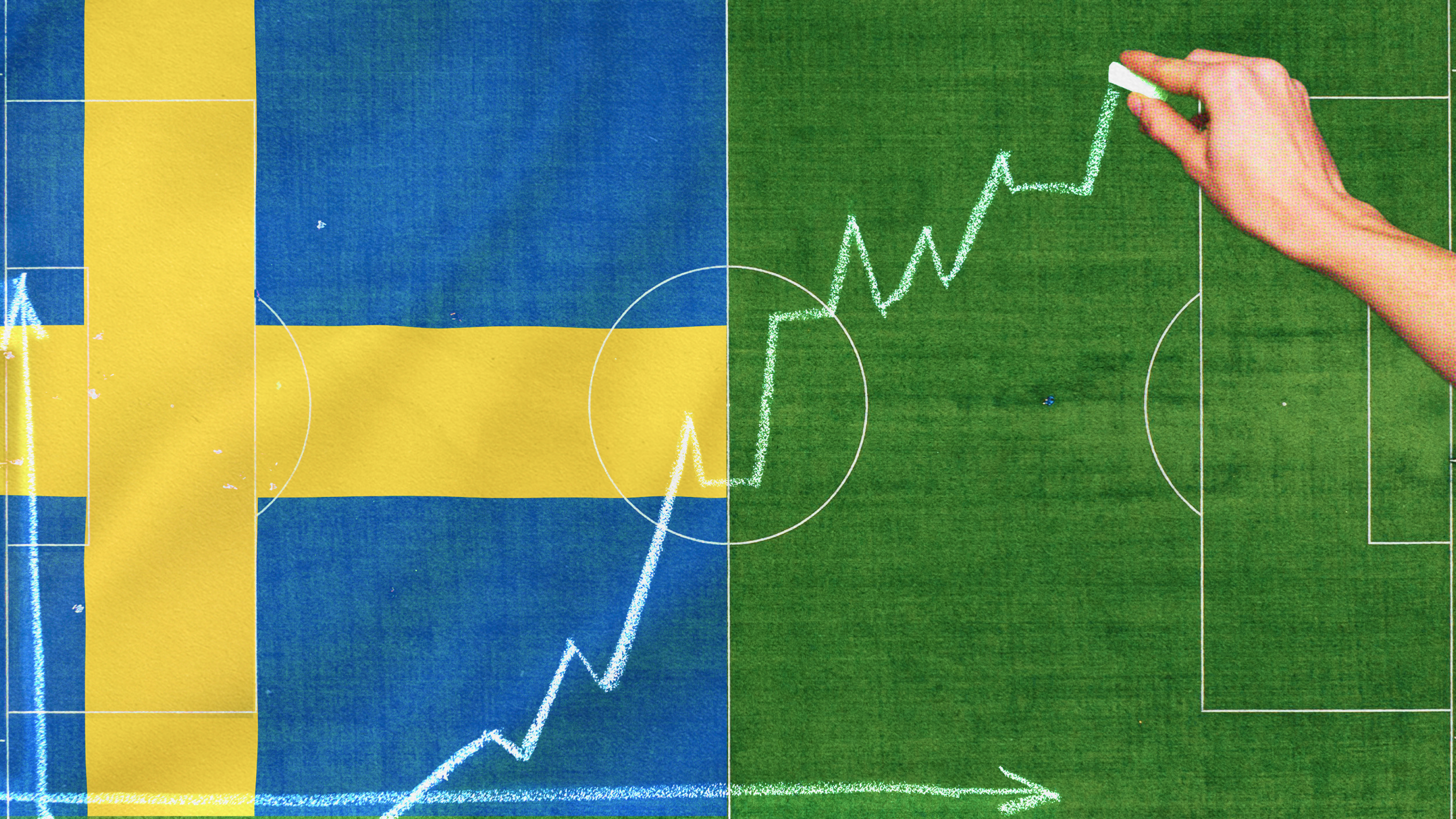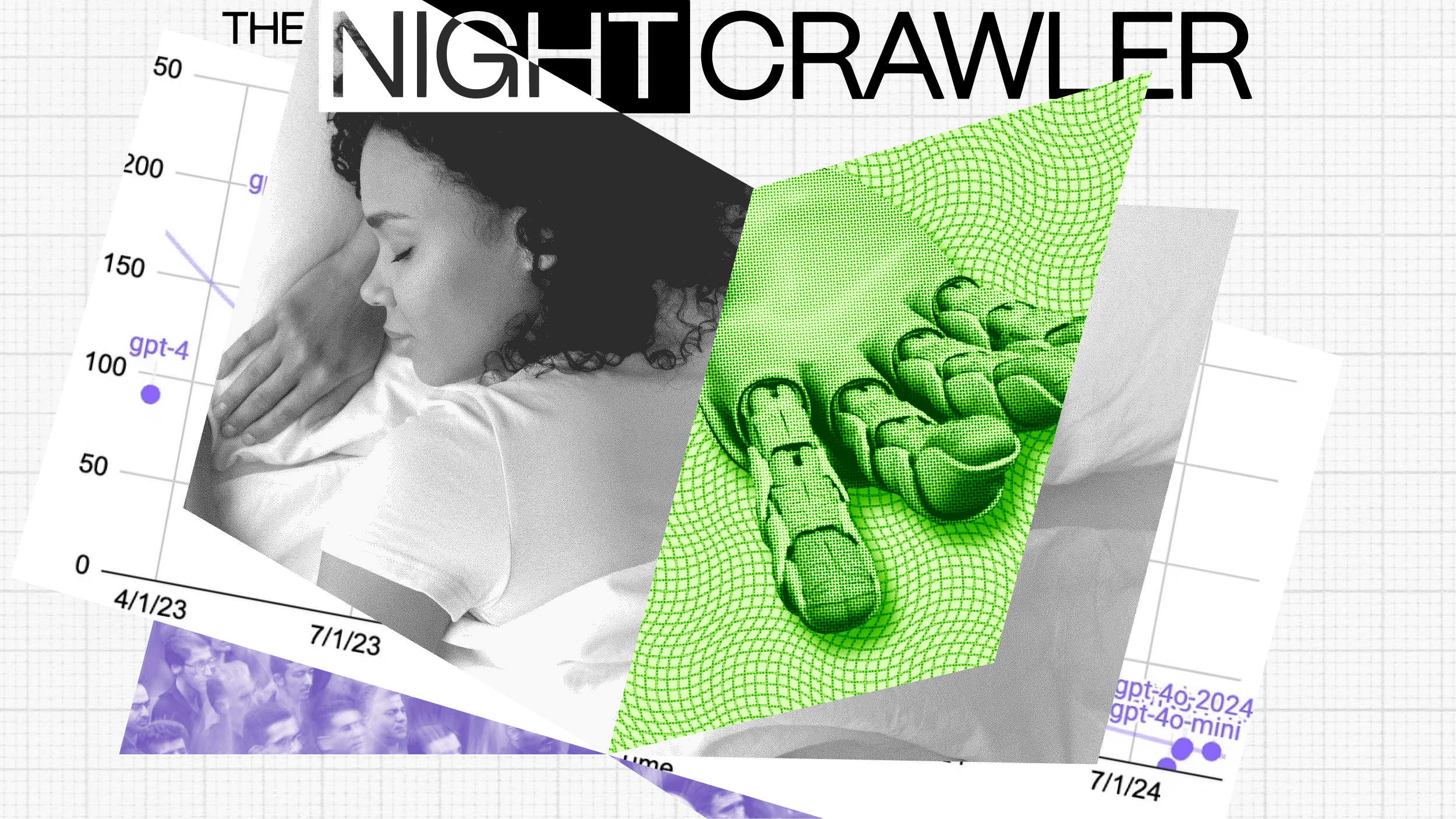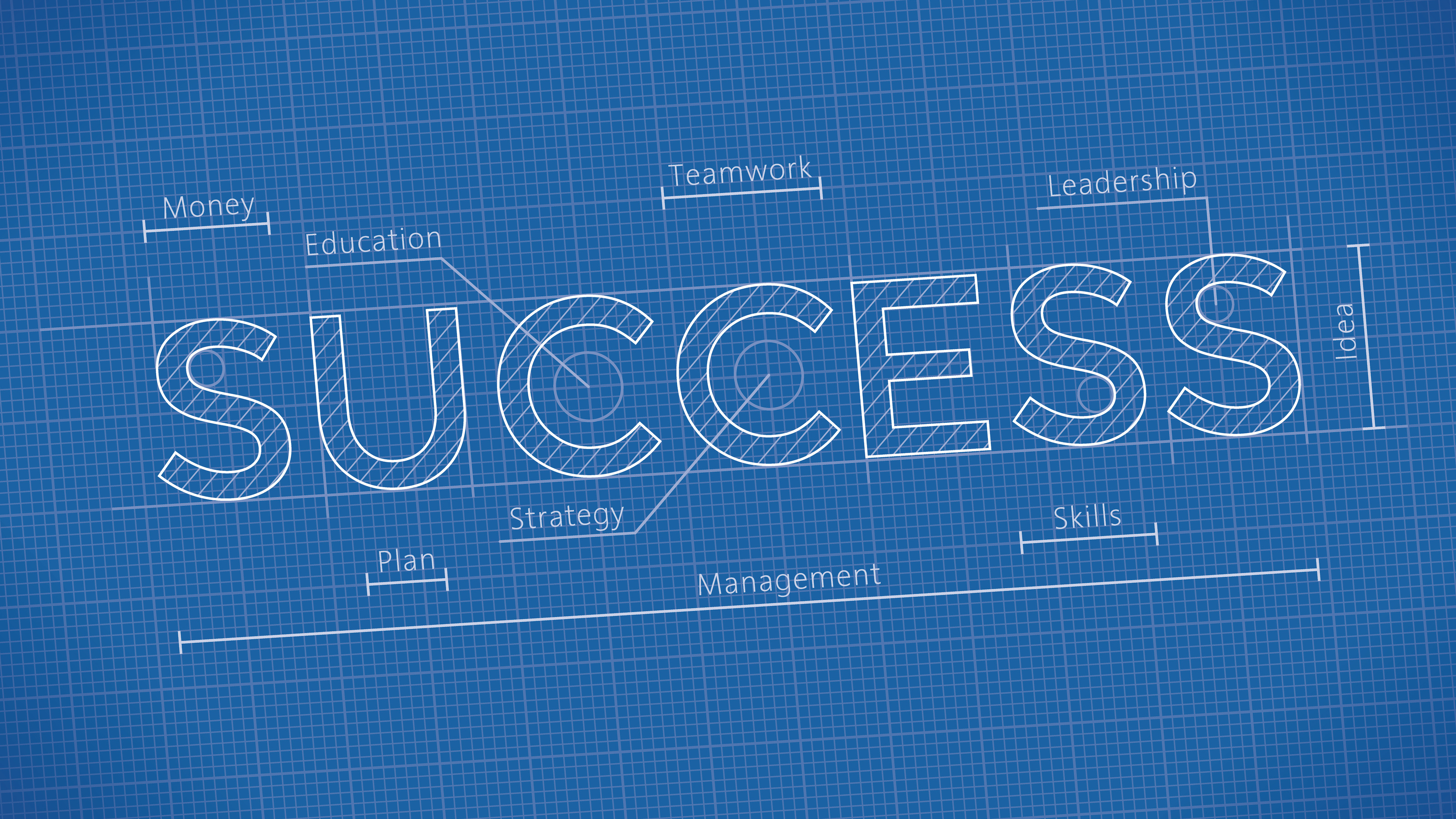How to use “geidō” to achieve mastery at work

Credit: University of Victoria Libraries from Victoria, Canada / Wikimedia Commons
- There is a famous, if anecdotal, story of Max Planck’s chauffeur, who delivered a lecture on quantum physics simply because he had heard Planck speak so often.
- The story is a good way to understand the difference between copied knowledge and deeper knowledge.
- It’s a difference that is important in the Japanese way of geidō — here we look at how to apply it to our everyday work-lives.
Max Planck was a quantum physicist of such brilliance that he literally gave the word “quantum” to physics. In the early-20th century, Planck’s work on atomic radiation was the talk of the academic town. And so he was invited to speak on the topic all over Munich. For months he would give the same lecture to different crowds, and all the while his loyal, diligent chauffeur sat at the back and listened in.
One day, after hearing the lecture hundreds of times, Planck’s chauffeur said, “Professor Planck, because you must be bored of this, can I suggest something? I’ve heard your lecture so many times that I know it like the back of my hand. Shall we have some fun, and at our next venue, I can deliver the speech?”
Planck loved the idea and agreed. Planck donned his chauffeur’s hat and took a seat at the back, the two roles reversed. The chauffeur delivered the lecture perfectly and never missed a beat. But, at the end, a scientist in the audience had the audacity to ask a tricky and very complicated follow-up question. The chauffeur, quick on his feet, said, “Oh, my word! I’m surprised to get such a simple question in an advanced city like Munich. It’s so simple, in fact, I’m going to ask my chauffeur to reply.”
The tale is likely apocryphal, and it has many retellings, but the basic point behind the premise is a good one: there is a difference between copied or mimicked knowledge and the deeper knowledge gained over many years. Knowing the difference can change how we live our lives.
Chinese rooms and geidō
The point of the story is to show that there is a qualitative difference between regurgitating knowledge and understanding it. Planck’s knowledge of quantum physics was broad and deep, and he’d have had no problem at all with dealing with the Münchner’s question. His knowledge was the hard-earned result of many long nights and early mornings. The chauffeur’s knowledge is superficial. It is expertise in a narrow niche within a discipline — highly focused, but there’s no sense of context or the broader picture. The chauffeur is highly informed about the contents of a 60-minute lecture but he does not know anything more than that. The chauffeur knows only his house. Planck knows the entire city.
This distinction between mimicry and understanding has been made philosophically famous by John Searle in his Chinese Room thought experiment. Here, Searle imagines a human speaking a language simply by following “if this, then that” instructions. So, if you get this particular Cantonese character, you have to reply with that particular character in turn. Searle argues that this is not understanding. This is not speaking a language. This is chauffeur-type mimicry.
But when we all learn anything whatsoever — a language, quantum physics, or the accordion — then we have to go through a process of copying. In Japanese aesthetics, “geidō” is the name for the method by which we become masters at any art. It’s as true for painting and calligraphy as it is for a tea ceremony or aikido. According to geidō, every master has to go through three stages:
First, a commitment to the art. This will take many years of sweat and tears (but hopefully not blood).
Second, we devote all of our time to largely mimicking a master of that art form. In this stage, we learn how to see the world like the master does, in what’s called a “heart-to-heart” transmission.
Finally, the third and final stage is when the artist expresses themselves and steps out of their master’s shadow. They can do whatever they enjoy or choose to do, but with mindlessness (mushin) and a sense of whimsical play (yuge). Imagine Pollock splashing his canvas or Lennon/McCartney jamming.
Geidō, like Searle, appreciates that there is a qualitative difference between mimicry and true knowledge, but it embraces the fact that the former is often the first and necessary step to the latter.
The key virtues of geidō
Each of the three stages of geidō involves key virtues, each of which can help us in our everyday working lives. To be a master at anything, you need determination, humility, and courage.
Determination. If you are to become truly good at something, or if you want to earn the depth of knowledge of Max Planck, you need to commit to it. In the workplace, especially if you’re starting out in a new role or new sector, you need to say, “Right, this is where I’m going to excel and where I will succeed.” Part of this might be slogging it out for a while. Starting out in a new job, as with learning any skill, is demoralizing and often miserable. But this isn’t a reason to jump ship. To become anything more than a novice, we have to keep on walking through the hard years. Interestingly there’s evidence to suggest that when you consciously commit to a task — a hard task — it actually makes it easier to do. It’s easier again when you reflect on your commitment.
Humility. A big part of slogging it out comes from the second principle of humility. For most of your working life, you will not be the best at your job. Someone will be better than you at networking, delivering presentations, talking with clients, making colleagues laugh, or whatever it is. Whether it be within the confines of your office or someone in another company, we can all learn from others. We can copy them. When you first learn to write, you often have to trace the letters out. As you learn to master your career, you have to do what others do. Over on Big Think+, the actor, director, and writer Jesse Eisenberg offers a story about how he did just this and what we can learn from it.
Courage. There will come a time, though, when you’ll need to go beyond copying. It might be a sudden realization or a gradual thing, but one day you’ll realize that you know a better way. You can do things better than your line manager or some respected colleague. You have a way of doing things that goes beyond what everyone has told you so far. At this point, you need to have the courage to say no to bad advice and to ask for space or resources to do it your way. In an ideal world, the point of mastery will coincide with a promotion or a new job opportunity (if not, we have you covered). But if worse comes to worst then this is the moment to realize that it might be time for somewhere new. Your hard-earned skills need to earn you something back in return.




